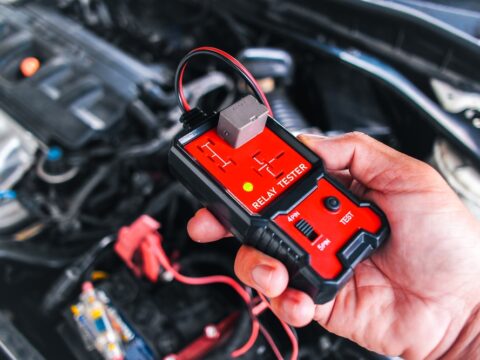Embarking on long-duration space missions presents a unique set of challenges for astronauts. From the physical effects of microgravity to the psychological impacts of isolation, these missions push human endurance and technology to their limits. This article explores 15 of the most significant challenges faced during these extended journeys into space and the innovative solutions being developed to overcome them.
Contents
Microgravity Effects on the Human Body
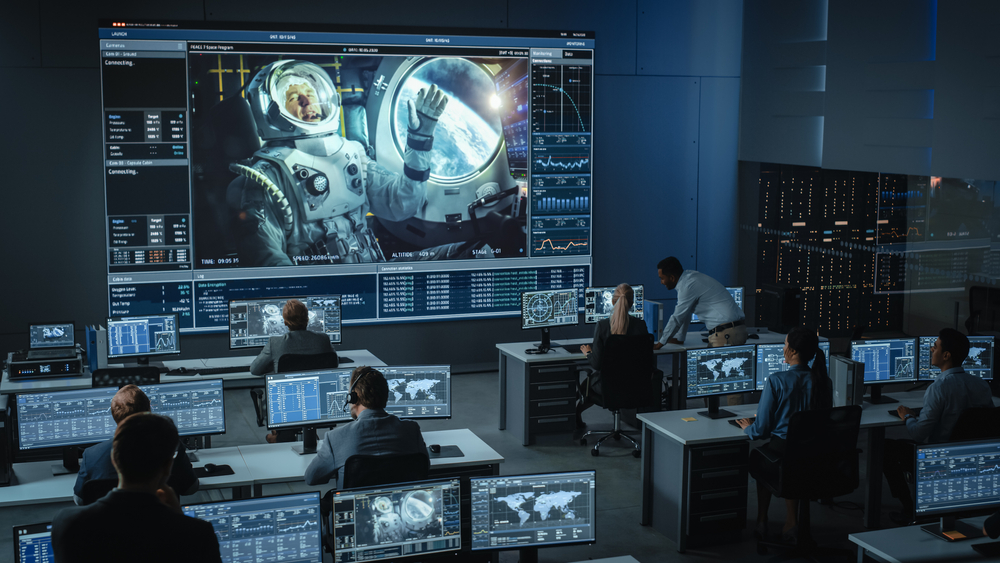
Muscle atrophy and bone density loss are significant concerns in microgravity. Without Earth’s gravitational pull, muscles and bones weaken, leading to potential long-term health issues. Although exercise routines can mitigate these effects, they cannot fully replicate the benefits of gravity.
Psychological Stress and Isolation

Astronauts face extreme isolation and confinement, which can lead to significant psychological stress. The lack of direct contact with family and friends, combined with a monotonous environment, exacerbates feelings of loneliness and depression. To maintain mental health, effective psychological support, and team-building exercises are essential.
Radiation Exposure
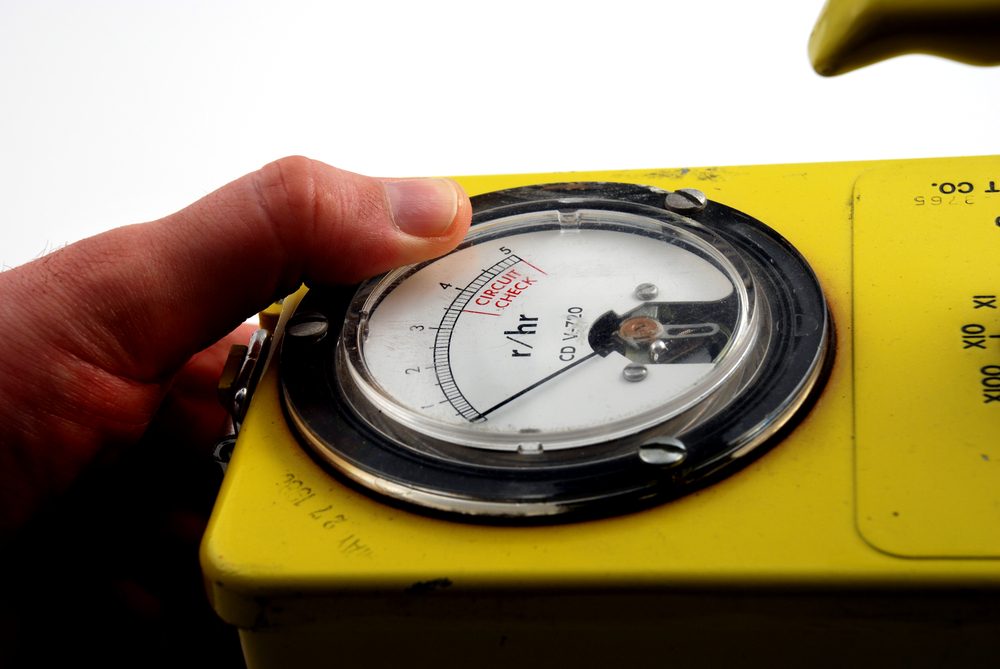
In space, astronauts are exposed to higher levels of cosmic radiation than on Earth. This radiation can damage cells and increase the risk of cancer. Spacecraft shielding and potential pharmaceutical countermeasures are vital to protecting crew members. However, current technology cannot completely eliminate radiation risks, making this a significant challenge for long-duration missions.
Limited Medical Facilities

Handling medical emergencies in space is challenging due to limited resources. The absence of a full medical facility means astronauts must rely on pre-launch training and telemedicine support from Earth. This poses risks for dealing with serious health issues.
Life Support Systems Reliability

Maintaining life support systems over extended periods is critical for astronaut survival. These systems must ensure a continuous supply of air, water, and food. Any failure can be catastrophic, necessitating rigorous testing and redundancy.
Communication Delays

As distance from Earth increases, communication delays become a significant challenge. For instance, a message from Mars takes about 20 minutes to reach Earth. These delays complicate real-time problem-solving and require astronauts to operate with a high degree of autonomy.
Technical Failures
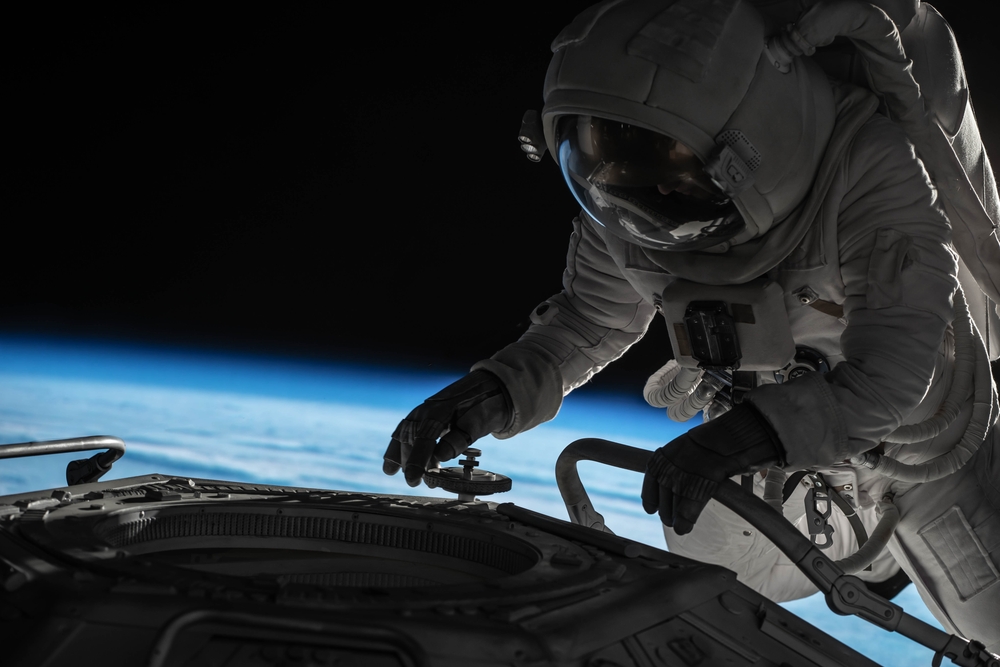
The likelihood of technical failures increases with the length of the mission. Spacecraft systems must operate flawlessly over extended periods, but wear and tear are inevitable. Robust maintenance protocols and the ability to conduct repairs in space are essential. Engineers design spacecraft with durability and easy maintenance in mind.
Food and Nutrition
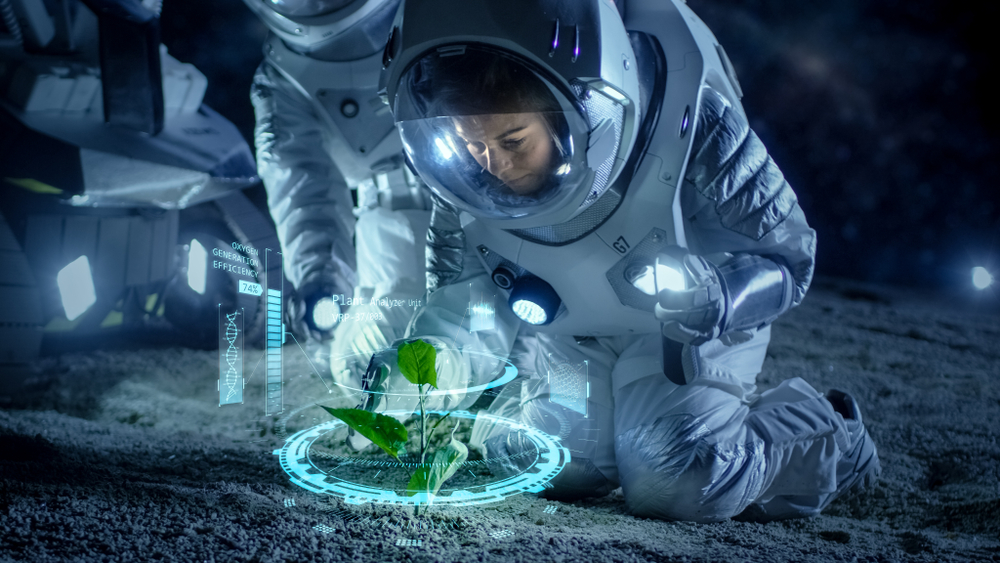
Providing a balanced diet over long missions poses significant challenges. Space food must be nutritious, palatable, and have a long shelf life. Limited variety and degradation of food quality over time can affect morale and health. Research into sustainable food production, such as hydroponics and algae farming, is ongoing to address these needs.
Sleep Disruption
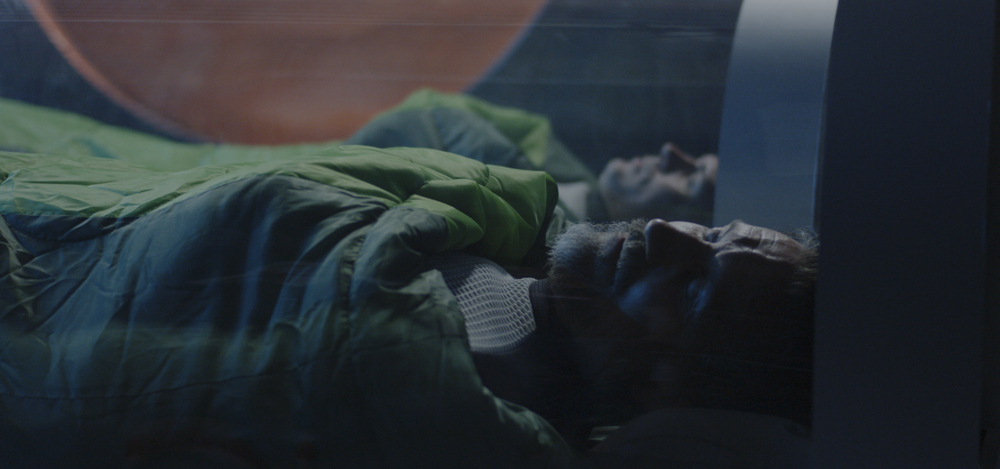
The absence of a natural day-night cycle can disrupt astronauts’ sleep patterns. Poor sleep can lead to fatigue, decreased cognitive function, and irritability. Maintaining a regular sleep schedule and using light therapy are strategies employed to mitigate sleep issues. Improving sleep quality in space is vital for mission success.
Health Monitoring and Diagnosis

Continuous health monitoring is crucial for early detection of medical issues. Diagnosing conditions with limited medical equipment and expertise is challenging. Wearable health monitors and AI diagnostics are being developed to provide more accurate and timely health assessments.
Environmental Control
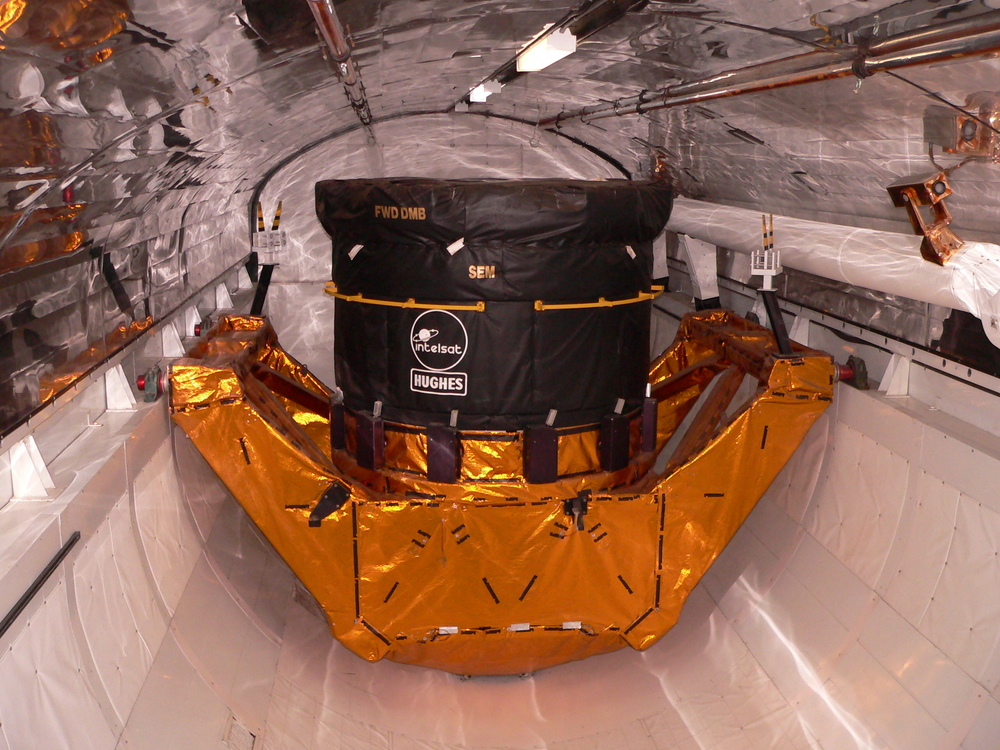
Maintaining a stable environment inside the spacecraft is crucial for comfort and health. Temperature, humidity, and air quality must be carefully regulated. Any malfunction in environmental control systems can lead to discomfort or health hazards.
Exercise Regimens
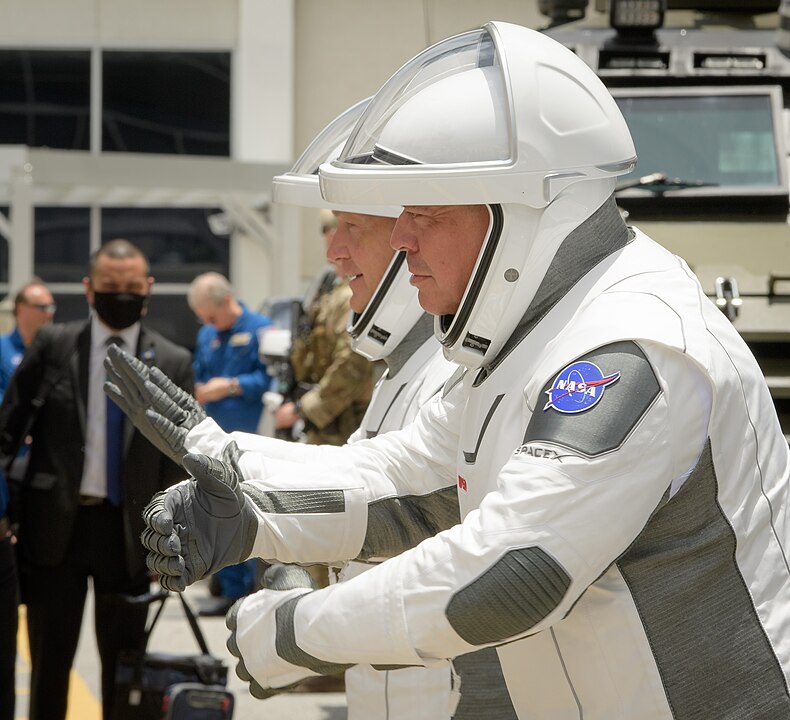
Regular exercise is necessary to combat the effects of microgravity. Designing exercise equipment that is effective and space-efficient is challenging. Astronauts must follow strict exercise routines to maintain muscle and bone health. Innovative exercise technologies, like resistance devices, help ensure astronauts remain physically fit.
Mission Planning and Adaptability
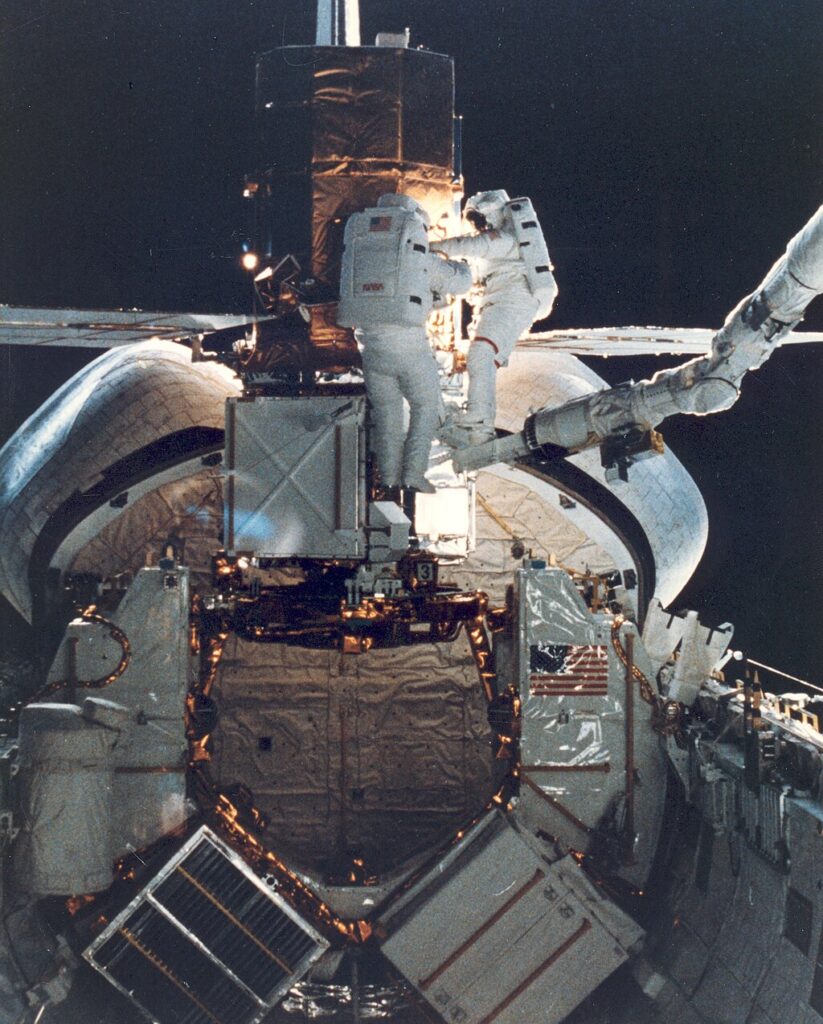
Long-duration missions require meticulous planning and adaptability to unforeseen circumstances. Unanticipated challenges can arise, requiring quick and effective responses. Flexibility in mission planning and robust contingency plans are essential.
Long-Distance Travel Fatigue
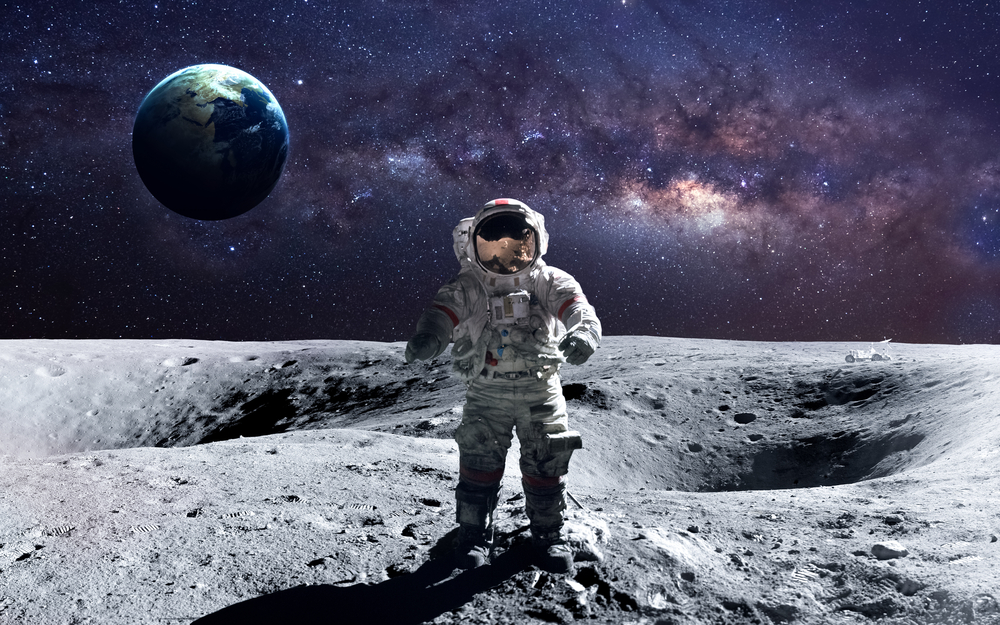
Traveling vast distances in space can lead to fatigue and monotony. Keeping astronauts engaged and motivated is essential for maintaining performance. Providing recreational activities, varied tasks, and psychological support helps combat travel fatigue.
Emergency Preparedness

Preparing for emergencies in space is more complex than on Earth. Limited resources and the inability to evacuate quickly necessitate thorough emergency protocols. Astronauts undergo extensive training to handle various emergency scenarios. Ensuring they are well-prepared for any situation is crucial for mission safety.
This article originally appeared on MyCarMakesNoise.
More from MyCarMakesNoise
20 Cruisers Designed for Riders of Any Skill Level

Cruiser motorcycles are a popular choice for riders of all skill levels, offering a blend of style, comfort, and performance. Whether you’re just starting your riding journey or you’re a seasoned veteran, the right cruiser can make all the difference. Read More.
15 Trucks That Are More Impressive Than You Think

When it comes to trucks, some steal the spotlight, and those that quietly get the job done without much fanfare. Our list of the world’s most underrated trucks shines a light on those reliable workhorses that offer outstanding features and capabilities but don’t always receive the recognition they deserve. Read More.
13 Rare Jeeps That Are Hard to Find

Jeep enthusiasts know that some models are harder to find than others. In this list, we’ll explore 14 rare Jeeps that are elusive and highly sought after. From unique limited editions to vintage classics, these Jeeps are a treasure trove for collectors and fans alike. Read More.




